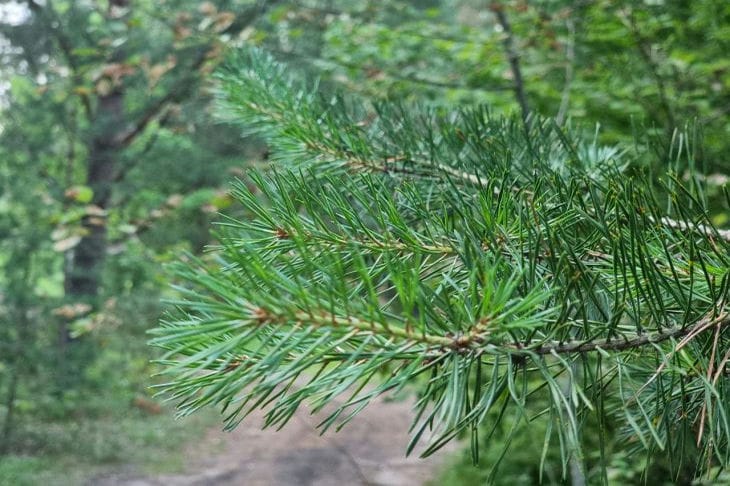Drafts in the garden can be a real challenge for many plants.
However, nature has created amazing species that can not only withstand gusts of wind, but also thrive in such conditions.
These hardy representatives of flora will help to transform even the windiest area into a blooming oasis.
Coniferous plants
Coniferous trees and shrubs cope well with windy conditions. Their dense needles and flexible branches allow them to withstand strong gusts of wind.
Mountain pine, common juniper and western thuja will not only withstand drafts, but also create a beautiful background for other plants in the garden.

Cereal grasses
Ornamental grasses such as miscanthus, fescue and reed grass thrive in open, windy areas.
Their flexible stems bend easily in the wind without breaking. These plants will add dynamics to the garden and create the effect of movement even in windless weather.
Coastal plants
Plants that naturally live on the seashore are well adapted to strong winds. Sea thrift, sandy rye and seaside spurge will not only withstand drafts, but also give the garden a unique seaside charm.
Alpine plants
Highlanders are accustomed to harsh conditions and strong winds. Edelweiss, saxifrage and gentian are perfect for windy areas of the garden. These compact plants with dense foliage can withstand even the strongest gusts of wind.
Shrubs with a dense crown
Some shrubs, thanks to their dense crown, tolerate drafts well. Thunberg barberry, glossy cotoneaster and Japanese spirea are not only wind-resistant, but can also serve as a hedge, protecting other, more delicate plants.
Hardy Perennials
There are also many hardy perennials. Purple coneflower, rudbeckia, and gaillardia have strong stems and can withstand strong gusts of wind. They will add color to a windy garden and attract butterflies and bees.
Groundcover plants
Low-growing groundcovers such as sedum, creeping thyme and moss phlox cope well with windy conditions. By forming a dense carpet, they protect the soil from erosion while adding beauty to the garden with their flowers.
Correct placement of plants
When planning a garden on a windy site, it is important to consider not only the choice of resistant plants, but also their location. Tall plants should be placed in the center of the compositions, and shorter ones - at the edges. This approach will help create natural protection from the wind inside the plantings.
Using draft-resistant plants allows you to create a beautiful and harmonious garden even in difficult windy conditions. The correct selection of species and competent planning of plantings will help turn the disadvantage of the site into its unique feature, creating a unique landscape design.








